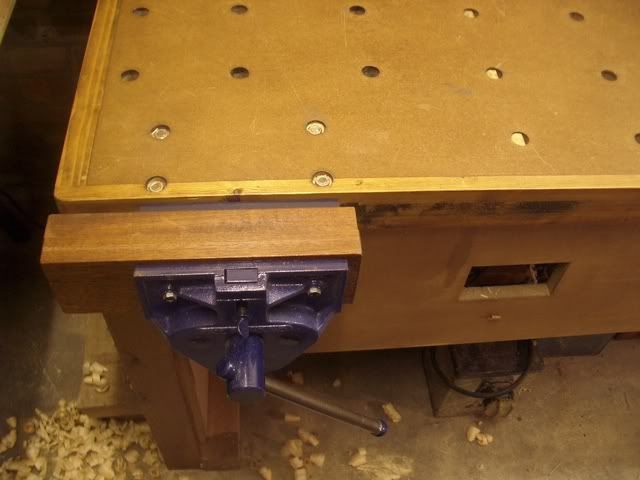Hi All
I am a newbie woodworker based in the south of England with plenty of questions
Before i get to my questions i would like to thank everybody who has contribute to this site for the last year or so, as i have learnt so much from reading the posts on this site.
I have purchased a quick release vice from a local boot sale and i am considering what i should line the jaws of the vice with, my first thought was oak, but having given it more thought i am now thinking a softer timber might be better as oak could possibly mark the timber its clamping
Whats considered the norm, when lining vice jaws?
My seconded question is, when honing a secondary bevel on a bevel edged chisel after grinding a primary bevel, how far back from the front edge should the secondary bevel come?
Any help much appreciated
Chamfer
I am a newbie woodworker based in the south of England with plenty of questions
Before i get to my questions i would like to thank everybody who has contribute to this site for the last year or so, as i have learnt so much from reading the posts on this site.
I have purchased a quick release vice from a local boot sale and i am considering what i should line the jaws of the vice with, my first thought was oak, but having given it more thought i am now thinking a softer timber might be better as oak could possibly mark the timber its clamping
Whats considered the norm, when lining vice jaws?
My seconded question is, when honing a secondary bevel on a bevel edged chisel after grinding a primary bevel, how far back from the front edge should the secondary bevel come?
Any help much appreciated
Chamfer

































